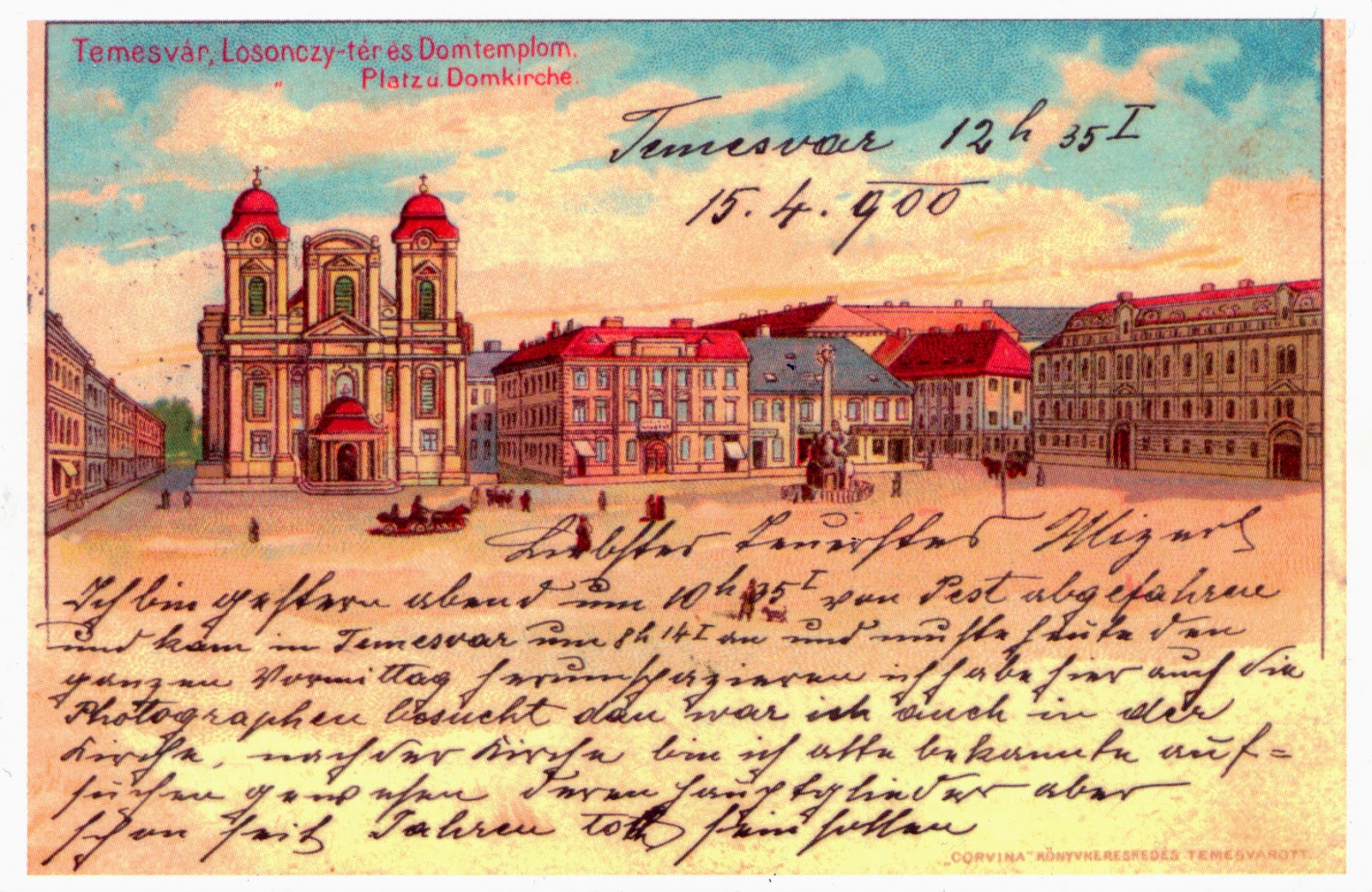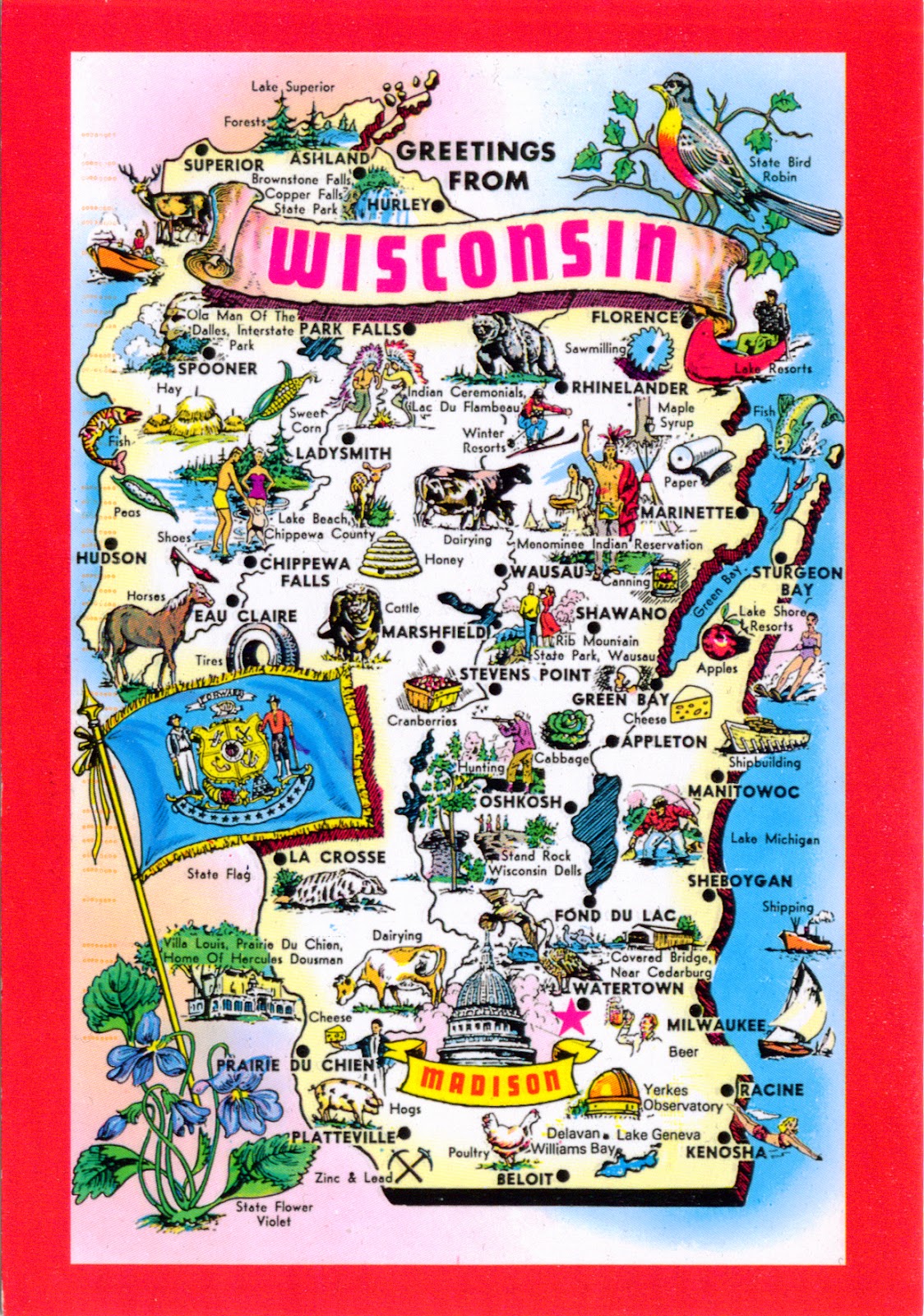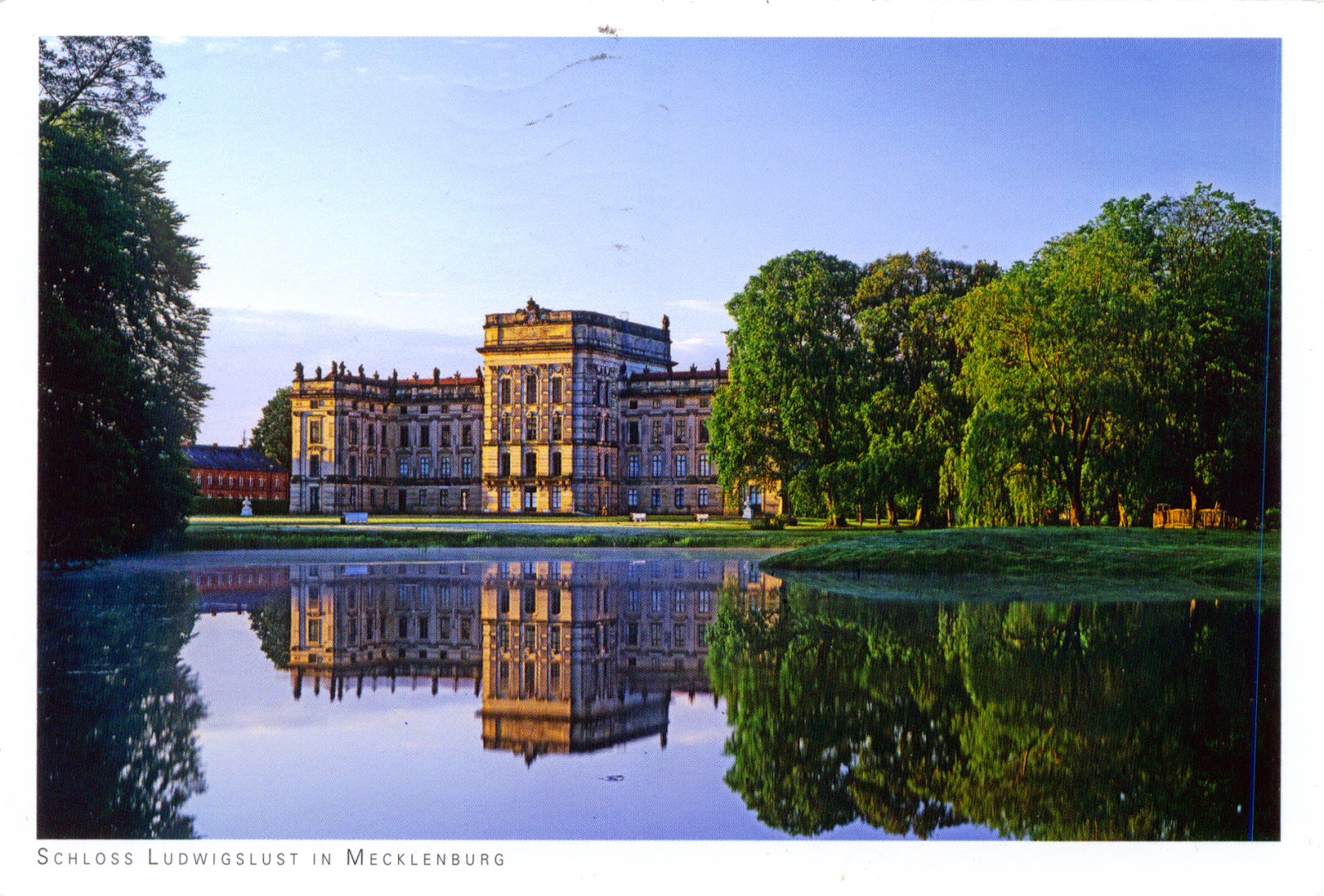![]() |
TIMIŞOARA: House with Lions (Union Square), Orthodox Metropolitan
Cathedral (Victoria Square), Lloyd Palace (Victory Square), Dauerbach
Palace (Victory Square), Union Square (Serbian Orthodox Episcopal
Palace, Serbian Orthodox Cathedral, Orthodox Community House,
Plague Column) |
Located in the
Pannonian Plain, near the divergence of the
Timiş and
Bega rivers,
Timişoara, the unofficial capital city of the historical region of
Banat, is the third most populous city in
Romania (319,279 inhabitants). Banat was annexed by the
Kingdom of Hungary in 1030, and the city was first mentioned, as Castrum Temesiense, in either 1212 or 1266. Its importance grew due to its strategic location, so that it reached at the forefront of Western Christendom's battle against the Muslim
Ottoman Turks. The French and Hungarian crusaders met here before engaging in the
Battle of Nicopolis in 1396, and later
John Hunyadi used it as a military stronghold. Repeatedly sieged by the Ottomans, was conquered in 1552, and remained under Ottoman rule for nearly 160 years, but enjoyed a special status, similar to
Budapest and
Belgrade. In 1716 the city came under
Austrian rule (since 1781 as a free royal city). Since 1860, Banat was administrated by
Hungary (within the
Austro-Hungarian Empire), and it remained so until the early 20th century. Reached an economic and industrial center, it was the first European city and the second in the world which used electric street lamps (1884), and also the second European city with horse-drawn trams (1869). After the WWI, Banat was divided between the
Kingdom of Romania and the
Kingdom of Serbs, Croats and Slovenes, Timişoara coming under Romanian administration. On December 16, 1989 in this city has started
the revolution that would lead to the removal of the communist regime in Romania.
![]() |
Timişoara: Lloyd Palace (Victory Square), Baroque Palace (Union
Square), Palace Merbl & Palace Neuhausz (Victory Square),
Plague Column (Union Square), Union Square (Serbian Orthodox
Episcopal Palace, Serbian Orthodox Cathedral, Orthodox
Community House, Plague Column), The Hunyadi Castle
(armor on the entrance), Orthodox Metropolitan Cathedral
(Victoria Square), Union Square, Dauerbach Palace (Victory Square) |
In terms of architecture, the city inherits a vast heritage of historical monuments, result of a long tradition of modern urban planning, that started in the 18th century, with the arrival of the Austrians. The center, located in the old Citadel, was remodeled, with squares and straight streets. The buildings were well aligned and the buildings situated at street corners had to have extra architectural elements. Predominantly was influential
Viennese Baroque style, which brought to Timişoara the nickname Little Vienna. In 1904, the city has established the post of chief architect and attributed it to
Laszlo Szekely, who made a decisive contribution to the reshaping of the central area and the introduction of the styles
Art Nouveau,
Secession and
Eclectic in urban landscape of the city. The last architectural current that influenced the city was the Romanian one, introduced with the passage of Timişoara under Romanian administration. A particular charm is given by the parks and green spaces that stretch along the Bega canal and in all parts of the city.
![]() |
Timişoara: Union Square at 1900 (Roman-Catholic Dome,
Swabian Bank, Prenner House, Baroque Palace). |
The oldest square in Timişoara is the
Union Square (formerly known as
Hauptplatz / Main Square,
Domplatz / Duomo Square and Losonczy Square), decorated in Baroque style. The
Serbian Orthodox Episcopal Palace was built between 1745 and 1747 in Baroque style, but it has the current form since 1905-1906, when was modified by the architect Laszlo Szekely. The facade, defined by Serbian decorative elements, dates from 1911. The
Serbian Orthodox Cathedral was erected between 1744 and 1748, but the towers were added in 1791. The current
Orthodox Community House was built in 1828. These three buildings forms the so-called
Rascian Square on the western part of the square. The
House with Lions (on the north side), originally in baroque style, had on the corner, from the beginning, the oriel window with round contour. It was rebuilt after 1900 in secession style, at that time being added the lions, which give it the name.
![]() |
| Timişoara: Piarist High School, west facade |
On the west side is the
Roman-Catholic Dome (dedicated to
St. George), built between 1736 and 1774 by architect
Joseph Emanuel Fischer von Erlach, prominent representative of Viennese Baroque. It has the shape of a cross, with a single central nave, and the columns arranged on both sides of the nave supports the semi-cylindrical roof. Next is a building built in 1812 (rebuilt in 1904), which housed the Economic Bank of the Southern Hungary in the early 20th century, and the
Swabian Bank since 1920. Follow another building erected also in 1812, now known after the name of the owner in 1828, Prenner Wolfgang (
Prenner House). On the south side is
Baroque Palace, with a rectangular shape, which has developed incorporating some older buildings. Now it hosts the Art Museum of Timisoara.
Plague Column, also known as Holy Trinity Monument, was erected in the middle of the square in accordance with the architectural style of the surrounding buildings (Baroque). The monument complies the typology of the plague columns spread throughout the Baroque age in South German space, Bohemia and Hungaria.
Read more »

















































